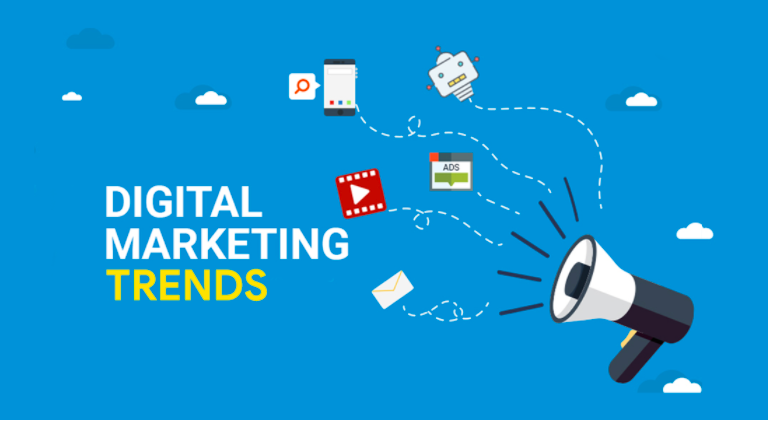
Influencer marketing continues to evolve. Today, the size of the global influencer market is estimated at $16.4 billion.
Between budget cuts, information bombardment, and consumer fatigue, marketers must focus on what will have the greatest impact in achieving their brand objectives.
The most nimble are looking to capitalize on the latest industry trends such as using AI instead of an online essay writer or replacing longreads with video content.
Seventy-four percent of marketing managers are facing cutbacks in their marketing spend, making every marketer’s question of how to demonstrate ROI more pressing than ever.
Many brands have successfully implemented low-cost production methods, including posting “raw” (unedited) material on TikTok, Instagram Reels, and Stories and using user-generated content.

Influencer Marketing: Content Creators vs. Influencers
Influencer marketing continues to evolve. Today, the size of the global influencer market is estimated at $16.4 billion.
How is the industry changing?
Not everyone who has a following is an influencer. When choosing to partner with an influencer, it is important to focus on meaningful KPIs (Key Performance Indicators), not vanity numbers, such as the number of followers.
This 2023 we will see more content creators rather than influencers. The main difference between the two is that content creators focus more on creating original content. In contrast, influencers focus primarily on building an audience and working with brands on sponsorship opportunities that make sense to them and interest their followers.
Working with content creators can be very beneficial for brands; not only is it cheaper, but they also get high-quality work in return because the content is what they do best.
Company ethics matter (more than ever)
According to research by McKinsey & Company, consumers tend to gravitate toward companies and brands that are more socially and environmentally responsible. Just look at the fashion industry and the growing popularity of ethical fashion and resale technology, such as Poshmark and ThredUp.
When shopping with ThredUp, consumers already know they will be buying secondhand. But the company goes further by informing its shoppers exactly what impact each purchase will have. And according to reports, consumers like to shop with the planet in mind.
Putting ethics over profit pays off, and brands that connect with their audiences and their values remain profitable. Just look at Patagonia, Thinx, LEGO, and many others.
By growing your brand beyond the product it sells, you create a community of enthusiastic fans who will be happy to talk about your brand.
The rise of niche communities and forums
People want to belong and connect and talk about their interests with like-minded people. And social networks know this.
TikTok, for example, just introduced the Follow Me instructional initiative to assist small companies in building a TikTok community. And LinkedIn has introduced audio-only live events, allowing LinkedIn creators to connect with their communities through interactive audio discussions.
Communities are a great way to give your customer a voice and ensure that the customer is at the center of every brand decision. And communities can help brands circumvent algorithm changes.
Many brands have opted to have their own communities where they can provide a better experience and get closer to their customers.
At the end of the day, it’s all about creating connections to build greater trust between your brand and your customers. And there is no better way to ensure customer loyalty than by providing them with a safe space to interact and find mutual support.
Survive without cookies
In January 2020, Google announced that the company planned to phase out third-party cookies in Chrome browsers over the next two years.
And Google is not alone. As part of the iOS 14 update, Apple users now have the option to block the IDFA (The Identifier For Advertisers) identifier at the app level. And since the release of the iOS 14 update, most users have opted out of being tracked.
What impact would the loss of these technologies have on marketers?
Today, advertisers rely heavily on cookies for retargeting. And a future without cookies is one in which marketers increasingly rely on zero, first-party or consumer-provided data. We’re talking about data that comes from customer surveys and polls, as well as web activity.
Guess who is already ahead of the curve and tackling the data problem? Amazon
The company launched an invitation-only program as part of the Amazon Shopper Panel, where users can receive rewards by submitting receipts and taking surveys. And Amazon will pay customers $2 a month to monitor how they interact with mobile device ads and verify which ones they’ve seen.
Participants in the program can also receive monthly incentives by uploading receipts for purchases made outside of Amazon.com.
Overall, AI (Artificial Intelligence) and BI (Business Intelligence) tools will take center stage to help marketers gather consumer insights that can help create more personalized campaigns while keeping ad spend in check.
This 2023 marketers will need to look for new ways to connect with their consumers, whether it’s communicating ethical actions, creating new collaborations with content creators, building a community, or creating memorable and personalized experiences.
The post The five digital marketing trends with the greatest impact in 2023 first appeared on Izood.

Leave a Reply